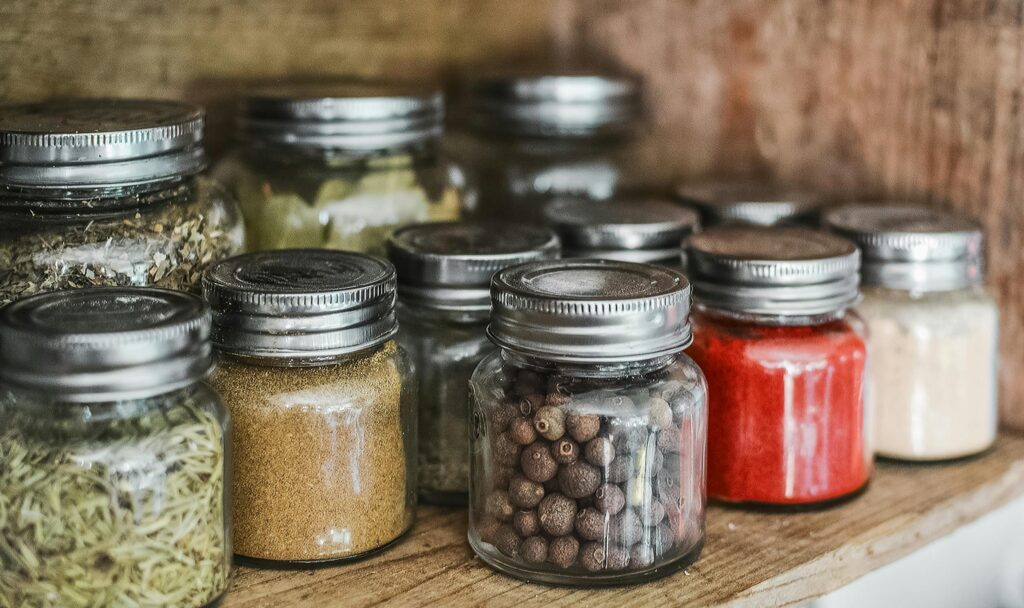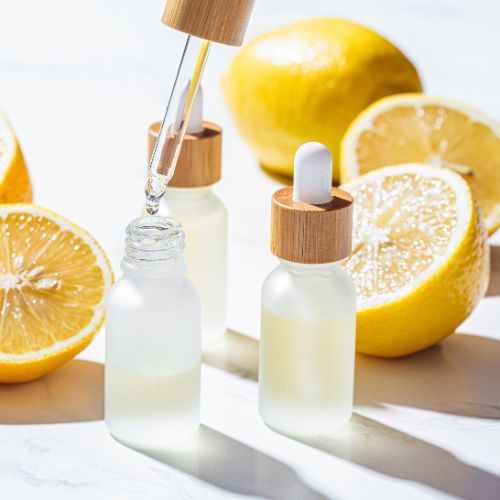
What are Natural Flavors in Food?
From home-cooked meals to mass-produced confections, flavors occur naturally in all foods. Many people know the seven basic tastes — Sweet, salty, sour, spicy, bitter, umami, and fatty. These basic tastes are just representations of the thousands upon thousands of flavor compounds found in any food. These flavor compounds — with names like vanillin, benzaldehyde, and ethyl acetate — may sound like chemicals in a science experiment, but are the pure chemicals that cause “flavor” on your tongue. Humans have studied flavors for centuries, leading to a database and organization for the many flavors we encounter regularly. While it is a complicated and dense field of study, understanding what makes food flavorful can be pretty straightforward.
What is in a Flavor?
If flavors occur naturally in all food, what are they made of, and how are they created? What makes a natural flavor unique vs. an artificial flavor, or an organic flavor?
According to the Flavor Extract Manufacturers Association (FEMA), flavors are considered the “entire range of sensations we perceive when we eat a food or drink a beverage,” leaving flavor as a rather broad category. With this definition, the flavor can include the taste, texture, perceived temperature (as with chili’s heat or mint’s cooling sensation), or even dryness (as with tannins in wine and coffee). The flavor contains a broad spectrum of effects, so flavorists and chemists have derived categories or organized and quantified specific flavor compounds and the impact they can impart to a food product.
Natural vs. Artificial Flavors
“Natural” and “Artificial” flavors are terms derived by food chemists to specify the design and creation process of a particular flavor compound. While all flavors in food can be distilled from their natural source to a specific chemical or set of compounds, not all flavors have to be derived from the natural ingredient.
According to FEMA, natural flavors are “ingredients that come from natural sources,” typically a fruit, vegetable, plant, or animal product. While different countries may have varying definitions of what is considered a “natural flavor,” it is required to meet the FEMA and FDA requirements to be labeled as a natural flavor in the United States. For example, vanillin — the compound behind vanilla flavor — can be processed as a natural flavor derived from real vanilla bean pods. Conversely, acetanisol — a vanillin alternative — is derived from beaver products but can still be considered a natural flavor.
Artificial flavors, on the other hand, are any flavoring that doesn’t meet the guidelines to be an artificial flavor. While the flavor compound’s structure may be identical to its natural flavor counterpart and may taste the same in food, artificial flavors are designated as such because the source of the flavors is not a plant or animal product. For example, vanillin can be derived naturally from vanilla beans. Still, the same chemical of vanillin can be artificially produced in a lab or made even more vanilla-y as with ethyl vanillin. Since neither artificial vanillin nor ethyl vanillin is derived from a natural source, they must be labeled as “artificial flavors.”
Natural vs Organic Flavors
When defining a flavor in food as “natural” or “organic,” things become a little more complicated. Other countries may have varying guidelines or governing bodies to manage their organic foods, but in the United States, these guidelines are overseen by the U.S. Department of Agriculture (USDA). For a flavor to be labeled “organic,” it must meet the FDA definition of a natural flavor. It must not use synthetic solvents, carrier systems (the substance the flavor contains, like alcohol), or artificial preservatives. This information, as outlined in the USDA’s National Organic Program (NOP), provides clear and accessible guidelines for designing and distributing organic flavors. In addition to the requirements for production, the NOP also designates several “incidental additives” that typically show up when producing natural flavors that cannot be in an organic flavor, such as propylene glycol, mono/diglycerides, polysorbate 80, and more.
All in all, organic flavors are not very different from the natural flavors you typically find in food ingredient lists, but they do require a more careful and specific production process to meet the proper guidelines and exclude unwanted compounds.
Use Cases for Natural, Artificial, and Organic Flavors
Now that the different kinds of flavors in food are established, why would you choose natural or artificial flavors over organic flavors?
For one, there is a cost consideration. Due to the extensive process of producing natural or organic flavors, they often cost more than their artificial counterparts. This can be an essential consideration for manufacturers who make food at scale and typically seek to produce the most food for the lowest cost. The increased cost of using natural or organic flavors in food can take its toll, mainly when making thousands of units daily.
Using derived flavors also enables food manufacturers to design their food products deeply. The journey of taste can be altered by having a punchy burst of flavor initially or allowing the flavor to linger slightly, encouraging the consumer to savor the product for longer. Flavors can also assist with making a product taste as it should after it has been treated in other ways, such as the pasteurization process, which can lower the intensity and volatility of the naturally occurring flavors on a product.
Whatever flavoring you use can be instrumental in designing the perfect product. From covering up health additives to highlighting sweetness or acidity in a product or simply adding a little “oomph” to the flavor mix, natural, artificial, and organic flavors alike can make all the difference when included in a food recipe.

